Home>Furniture & Design>Outdoor Furniture>When Is The Best Time To Take Outdoor Photos
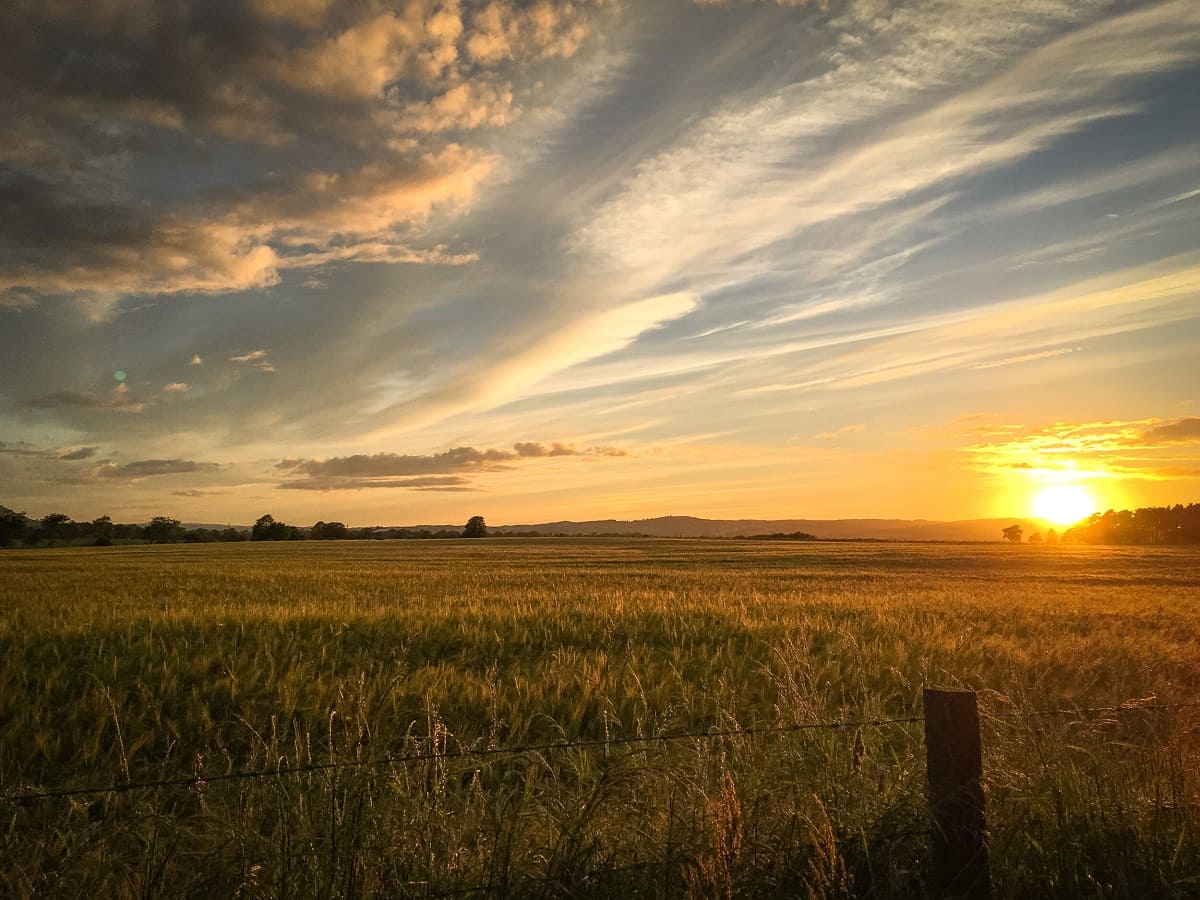

Outdoor Furniture
When Is The Best Time To Take Outdoor Photos
Published: January 14, 2024
Discover the best time for capturing stunning outdoor photos with our expert tips. Find the ideal lighting conditions for your outdoor furniture and design shots. Unlock the secrets to perfect outdoor photography!
(Many of the links in this article redirect to a specific reviewed product. Your purchase of these products through affiliate links helps to generate commission for Storables.com, at no extra cost. Learn more)
Introduction
Taking outdoor photos can be a delightful and rewarding experience, allowing you to capture the beauty of nature, architecture, or outdoor events. However, the quality of outdoor photography is heavily influenced by the time of day and weather conditions. Understanding the best times to take outdoor photos can significantly enhance the visual impact of your images. In this article, we will explore the various factors to consider when planning an outdoor photo shoot and highlight the optimal times for capturing stunning outdoor photographs. Whether you are a professional photographer or an enthusiastic hobbyist, mastering the art of outdoor photography timing can elevate the visual appeal of your images and leave a lasting impression on your audience.
Key Takeaways:
- Capture the Magic: The golden hour and blue hour offer enchanting light for stunning outdoor photos, while midday and overcast days provide unique opportunities for diverse and captivating compositions.
- Time Matters: Understanding the best times for outdoor photography can elevate your images, whether it’s the warm glow of the golden hour, the ethereal blue hour, the dynamic midday light, or the serene overcast days.
Factors to Consider
When planning an outdoor photo shoot, several factors must be taken into account to ensure the best possible results. The interplay of natural light, weather conditions, and the desired mood of the photographs all play a crucial role in determining the optimal time for outdoor photography. Below are the key factors to consider when scheduling an outdoor photo session:
- Natural Light: The intensity and direction of natural light significantly impact the overall quality of outdoor photographs. Understanding the different phases of natural light, such as the golden hour and blue hour, can help photographers make informed decisions about the timing of their shoots.
- Weather Conditions: Cloud cover, precipitation, and atmospheric phenomena can all influence the ambiance and visual appeal of outdoor photography. While clear skies are often preferred for certain types of outdoor shots, overcast conditions can create a unique soft light that is ideal for capturing certain subjects.
- Subject and Setting: The type of subject being photographed and the intended mood of the images are essential considerations when determining the best time for outdoor photography. Whether capturing landscapes, portraits, or architectural details, the time of day can dramatically impact the visual narrative of the photographs.
- Equipment and Techniques: Different lighting conditions may require specific camera settings, lenses, or photographic techniques to achieve the desired results. Understanding how to adapt to varying outdoor lighting scenarios is crucial for producing high-quality outdoor photographs.
By carefully considering these factors, photographers can make informed decisions about the timing of their outdoor photo shoots, ultimately leading to visually captivating and impactful images.
Golden Hour
The golden hour, also known as magic hour, is a coveted time for outdoor photography due to its enchanting and warm quality of light. This period occurs twice a day, shortly after sunrise and just before sunset, when the sun is low on the horizon, casting a soft, golden glow across the landscape. The unique characteristics of the golden hour light make it an ideal time for capturing outdoor photographs, particularly for landscapes, portraits, and architectural shots.
During the golden hour, the sun’s low angle creates long, soft shadows and a warm, diffused light that enhances the textures and colors of the surroundings. The warm, golden tones can add a captivating and ethereal quality to outdoor photographs, evoking a sense of tranquility and beauty. Additionally, the directional light during this time can create depth and dimension in the images, adding visual interest and a sense of drama.
For landscape photography, the golden hour can transform ordinary scenes into breathtaking vistas, as the soft light accentuates the natural contours of the land and bathes the scenery in a warm, inviting glow. The interplay of light and shadow during this time can create compelling compositions and evoke a sense of natural harmony and serenity.
When photographing portraits during the golden hour, the flattering, warm light can produce a soft, radiant glow on the subject’s skin, creating a flattering and natural look. The gentle, warm tones can also evoke a sense of intimacy and warmth in the portraits, adding depth and emotion to the images.
Architectural photography also benefits from the golden hour’s soft, warm light, as it can accentuate the textures and details of buildings, creating a sense of timelessness and elegance in the photographs. The warm hues of the golden hour light can enhance the visual appeal of architectural elements, adding a touch of magic to the images.
Overall, the golden hour offers a magical window of opportunity for outdoor photographers to capture stunning images with a captivating and ethereal quality. Understanding and leveraging the unique characteristics of this time can elevate the visual impact of outdoor photographs, creating timeless and evocative imagery.
Blue Hour
The blue hour, a period of twilight that occurs before sunrise and after sunset, is renowned for its enchanting, ethereal light and captivating hues. During this time, the sky takes on a deep, saturated blue color, creating a serene and surreal atmosphere that is highly sought after by photographers for its unique visual appeal. While the blue hour may be shorter in duration compared to the golden hour, its distinct qualities make it an ideal time for capturing outdoor photographs with a touch of magic.
One of the defining characteristics of the blue hour is the rich, deep blue color of the sky, which provides a stunning backdrop for various types of outdoor photography. The soft, diffused light during this time imparts a tranquil and contemplative mood to the photographs, adding a sense of mystery and allure to the scenes being captured.
Landscape photography during the blue hour can yield striking and evocative images, as the deep blue sky serves as a dramatic canvas against which natural features and silhouettes are highlighted. The interplay of light and shadow during this time can create visually compelling compositions, imbuing the photographs with a sense of tranquility and otherworldly beauty.
For cityscapes and architectural photography, the blue hour offers a unique opportunity to capture urban landscapes in a new light. The juxtaposition of artificial and natural light during this time can result in captivating images that showcase the dynamic and vibrant nature of cityscapes, while also infusing them with a touch of enchantment and sophistication.
Portraits taken during the blue hour can exude a sense of romance and drama, as the soft, diffused light and deep blue hues create a captivating and ethereal ambiance. The interplay of warm artificial light and the cool, blue tones of the sky can add depth and emotion to the portraits, resulting in visually stunning and evocative images.
Overall, the blue hour presents a unique and captivating opportunity for outdoor photographers to capture images imbued with a sense of mystery, tranquility, and enchantment. Understanding and harnessing the visual allure of this magical time can elevate the impact of outdoor photographs, creating a visual narrative that is both captivating and timeless.
The best time to take outdoor photos is during the “golden hour,” which is the hour after sunrise and the hour before sunset. The lighting is softer and more flattering during this time, creating beautiful and natural-looking photos.
Midday
Midday, the period around noon when the sun is at its highest point in the sky, presents a different set of opportunities and challenges for outdoor photography. While midday light is often characterized by its intensity and harsh shadows, it can be harnessed creatively to capture compelling outdoor images across various genres.
One of the defining features of midday light is its brightness and directness, which can result in well-defined shadows and strong contrasts. In landscape photography, this can be used to create bold and dynamic compositions, particularly in desert or coastal settings where the stark light and shadows accentuate the natural contours and textures of the environment.
Architectural photography during midday can showcase buildings and structures in a bold and graphic manner, with the strong light emphasizing geometric shapes and details. The interplay of light and shadow during this time can create visually striking images, highlighting the structural elements and design features of the architecture.
For portrait photography, midday light can be diffused or manipulated to create dramatic and high-impact images. The strong, directional light can be used to sculpt and define the subject’s features, resulting in portraits with a bold and dynamic aesthetic. Additionally, the brightness of midday light can add vibrancy and energy to outdoor portraits, capturing the subject in a vivid and natural setting.
While midday light presents unique opportunities for outdoor photography, it also comes with challenges, particularly in managing harsh shadows and potential overexposure. Understanding how to adjust camera settings, utilize reflectors or diffusers, and position subjects or compositions strategically can help photographers overcome these challenges and harness the creative potential of midday light.
Overall, midday light offers a distinct and dynamic approach to outdoor photography, providing opportunities to capture bold, graphic, and high-impact images across various genres. By understanding and embracing the unique qualities of midday light, photographers can expand their creative repertoire and capture compelling outdoor photographs that resonate with energy and visual intensity.
Read more: Where To Take Wildflower Photos
Overcast Days
While sunny days are often favored for outdoor photography, overcast days offer a unique and versatile canvas for capturing compelling images across a range of genres. The soft, diffused light and muted color palette of overcast conditions can create a serene and atmospheric backdrop that is well-suited for certain types of outdoor photography.
One of the key advantages of overcast light is its ability to minimize harsh shadows and highlights, resulting in even and balanced illumination across the scene. In landscape photography, this can be particularly advantageous for capturing scenes with intricate details and subtle textures, as the soft light accentuates the natural elements without creating distracting contrasts or overexposed areas.
For portrait photography, overcast light provides a flattering and natural illumination that is ideal for capturing soft, intimate, and emotive portraits. The gentle, diffused light can create a beautiful, even glow on the subject’s skin, resulting in portraits with a timeless and elegant aesthetic. Additionally, the subdued color palette of overcast days can add a sense of tranquility and introspection to the portraits, enhancing the emotional impact of the images.
Architectural photography on overcast days can showcase buildings and structures in a unique and understated manner. The soft, diffused light can accentuate the subtle details and textures of architectural elements, creating a sense of elegance and timelessness in the photographs. Additionally, the muted color tones of overcast conditions can add a touch of sophistication and subtlety to architectural images, highlighting the structural nuances and design features.
While overcast days may lack the dramatic lighting effects of sunrise or sunset, they offer a versatile and nuanced approach to outdoor photography. The soft, diffused light and understated color palette of overcast conditions can create a serene and contemplative atmosphere, allowing photographers to capture images with a sense of tranquility, intimacy, and understated beauty.
Conclusion
Mastering the art of outdoor photography timing is a multifaceted endeavor that involves understanding the interplay of natural light, weather conditions, and the desired mood of the photographs. By considering these factors and leveraging the unique qualities of different times of day and weather conditions, photographers can elevate the visual impact of their outdoor images and create captivating and evocative compositions across various genres.
The golden hour, with its warm, ethereal light and enchanting ambiance, offers a magical window of opportunity for capturing stunning outdoor photographs. Whether capturing landscapes, portraits, or architectural details, the golden hour’s soft, golden glow can transform ordinary scenes into breathtaking vistas, imbuing the images with a sense of tranquility and natural harmony.
The blue hour, characterized by its deep, saturated blue sky and ethereal light, presents a unique opportunity for photographers to capture images imbued with mystery, tranquility, and enchantment. The serene and surreal atmosphere of the blue hour creates a captivating backdrop for landscapes, cityscapes, and portraits, infusing the photographs with a sense of otherworldly beauty.
Midday light, with its intensity and directness, offers a dynamic approach to outdoor photography, allowing photographers to capture bold, graphic, and high-impact images across various genres. While midday light presents challenges, understanding how to harness its unique qualities can result in compelling compositions that resonate with energy and visual intensity.
Overcast days, often overlooked for their subdued lighting, provide a versatile and nuanced canvas for capturing compelling outdoor images. The soft, diffused light and muted color palette of overcast conditions create a serene and contemplative backdrop that is well-suited for landscape, portrait, and architectural photography, adding a sense of tranquility, intimacy, and understated beauty to the images.
Ultimately, the best time for outdoor photography depends on the photographer’s creative vision, the desired mood of the images, and the specific characteristics of the subject and setting. By understanding the unique qualities of different times of day and weather conditions, photographers can expand their creative repertoire and capture visually captivating and impactful outdoor photographs that resonate with depth, emotion, and timeless beauty.
Frequently Asked Questions about When Is The Best Time To Take Outdoor Photos
Was this page helpful?
At Storables.com, we guarantee accurate and reliable information. Our content, validated by Expert Board Contributors, is crafted following stringent Editorial Policies. We're committed to providing you with well-researched, expert-backed insights for all your informational needs.
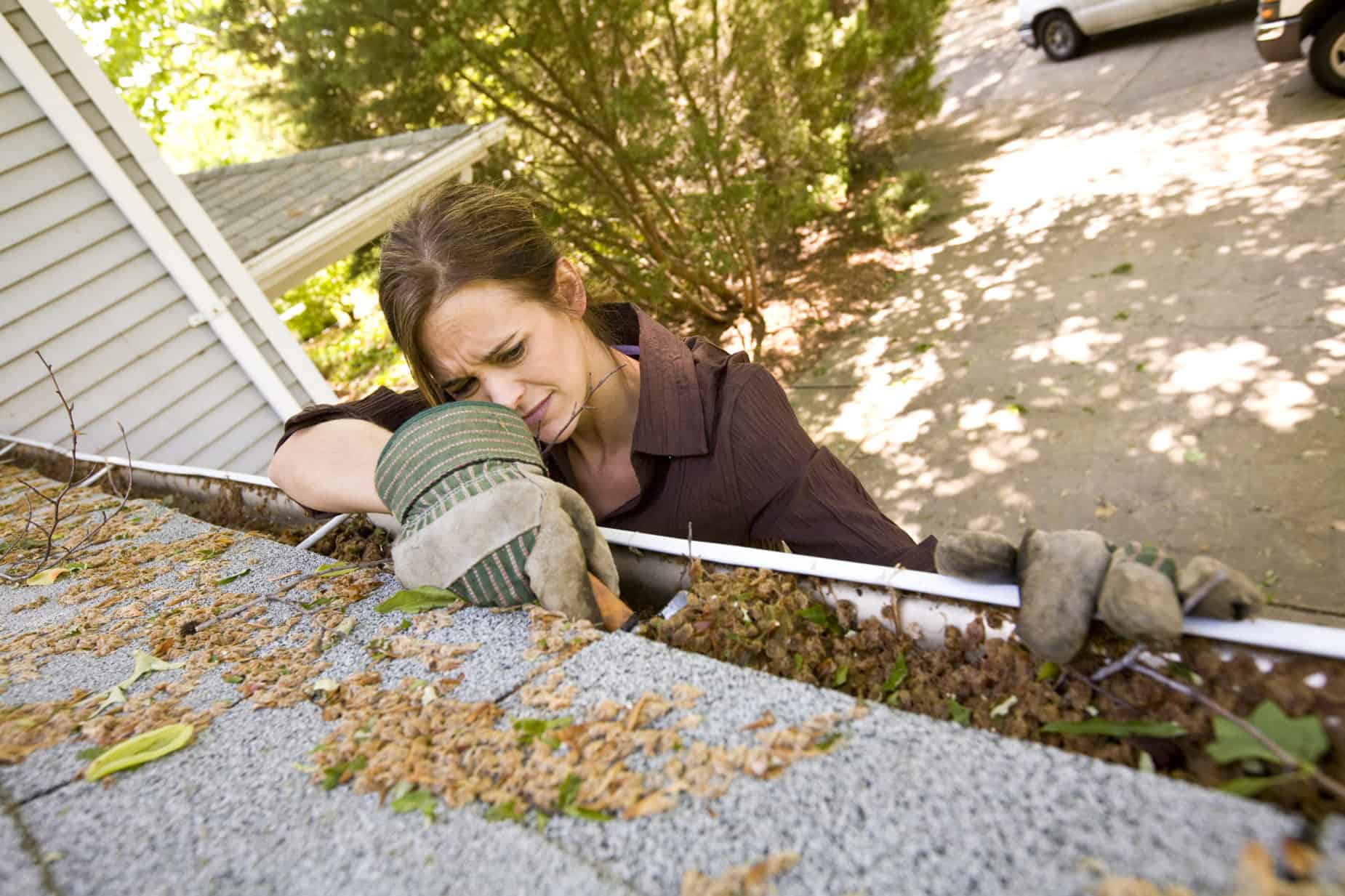

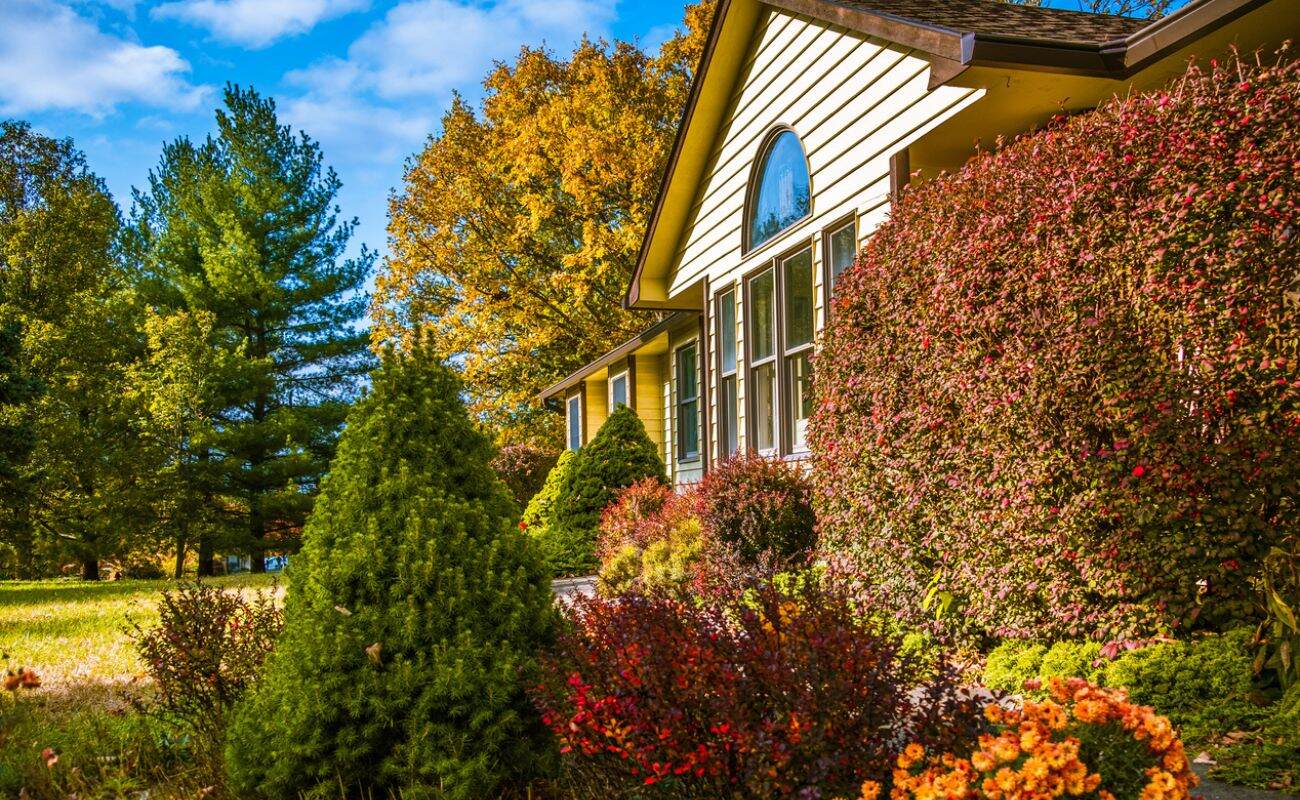
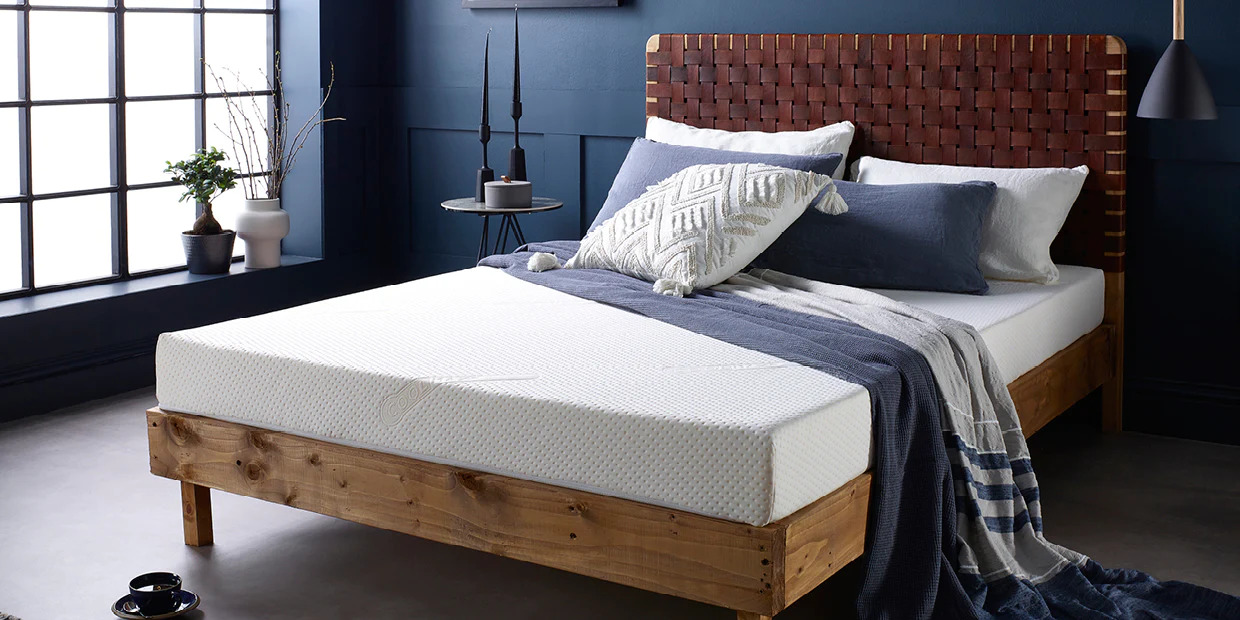
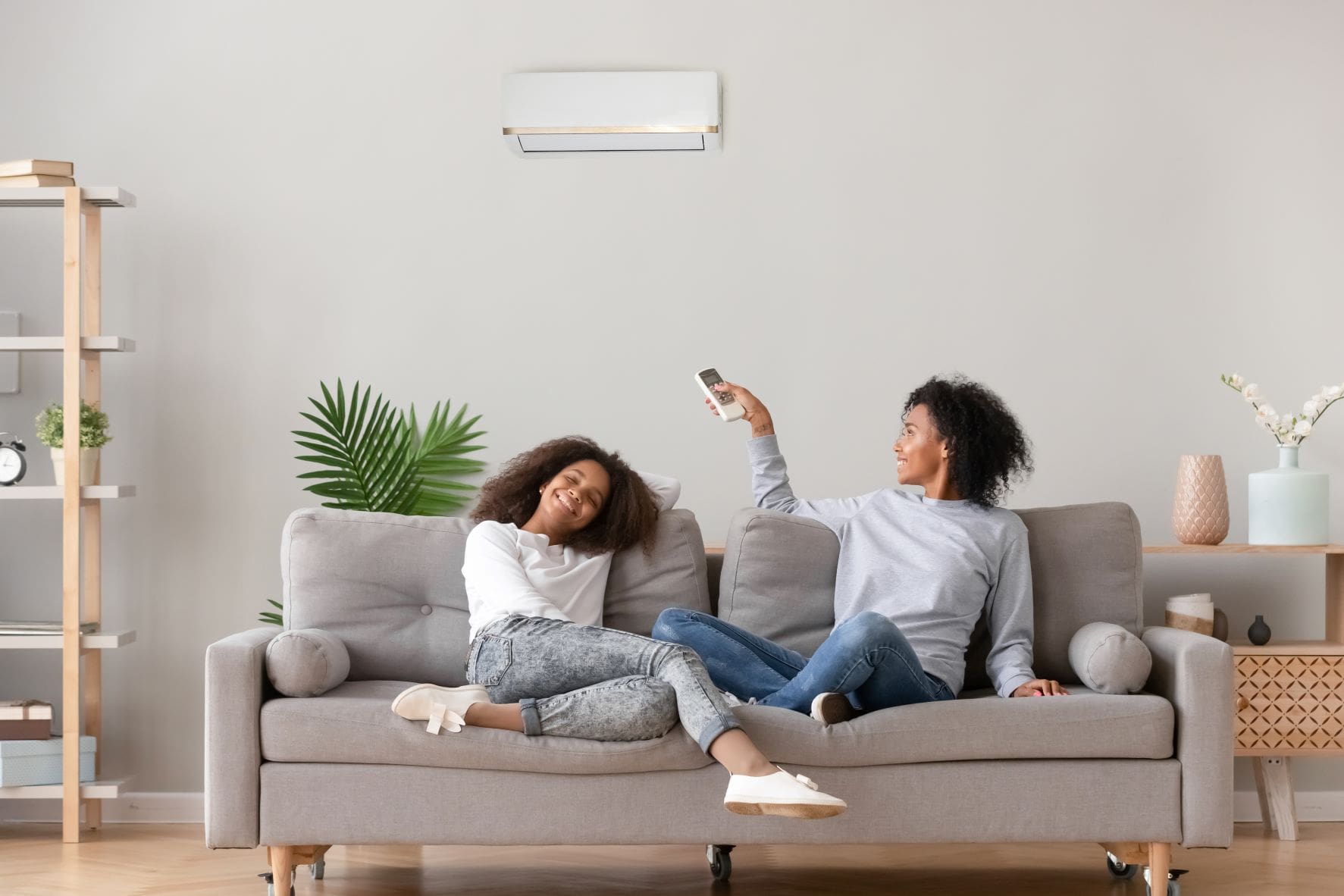
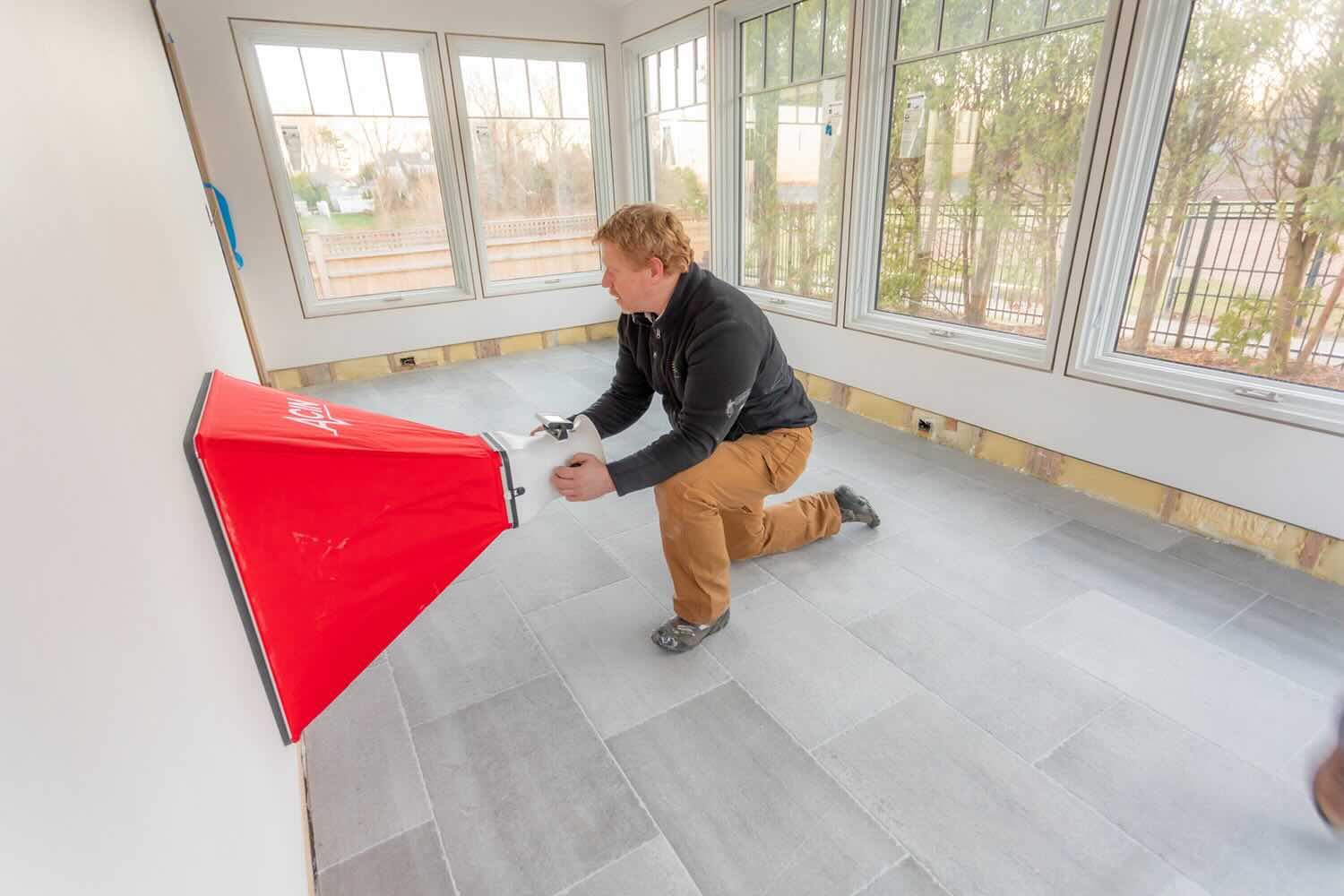
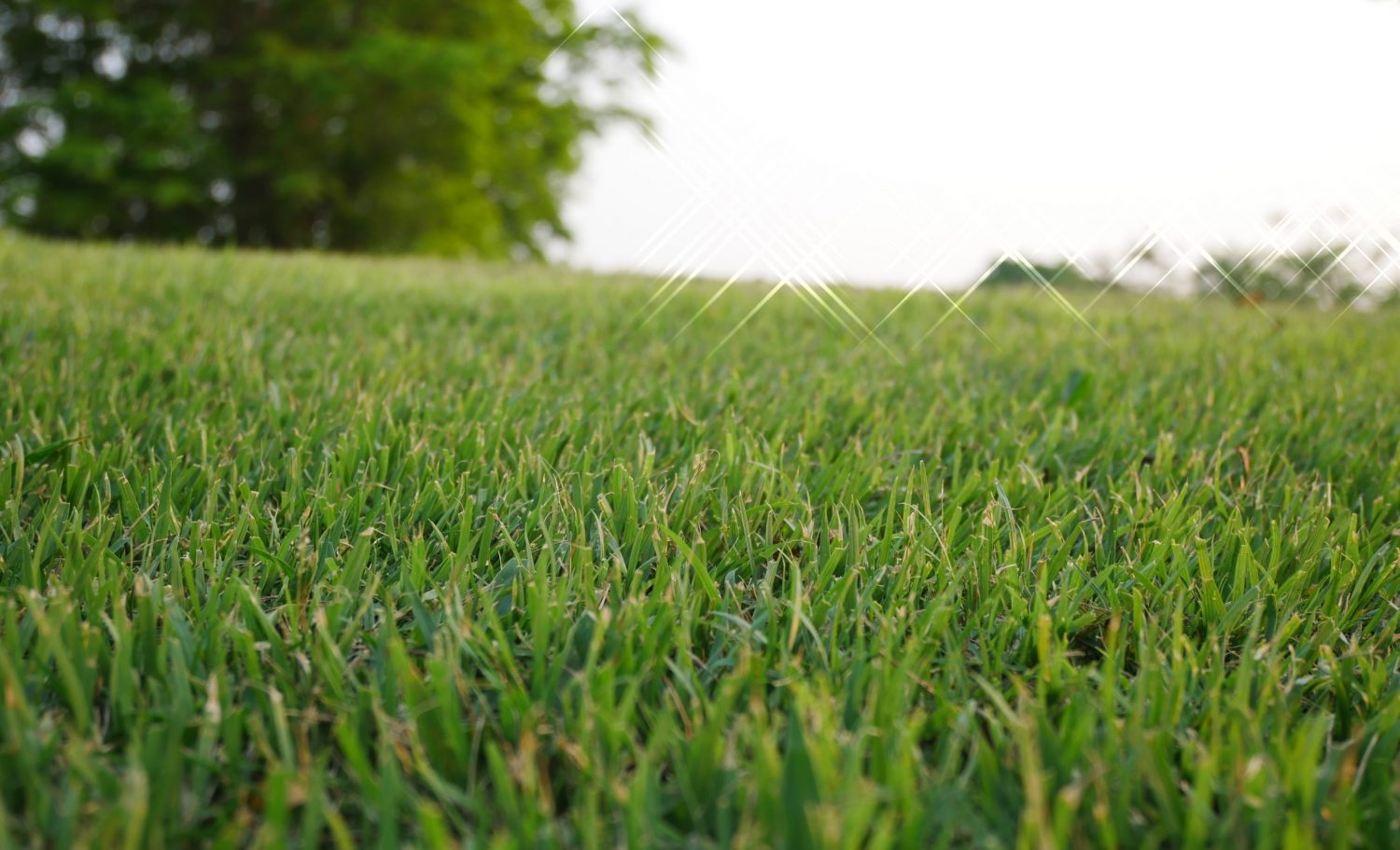

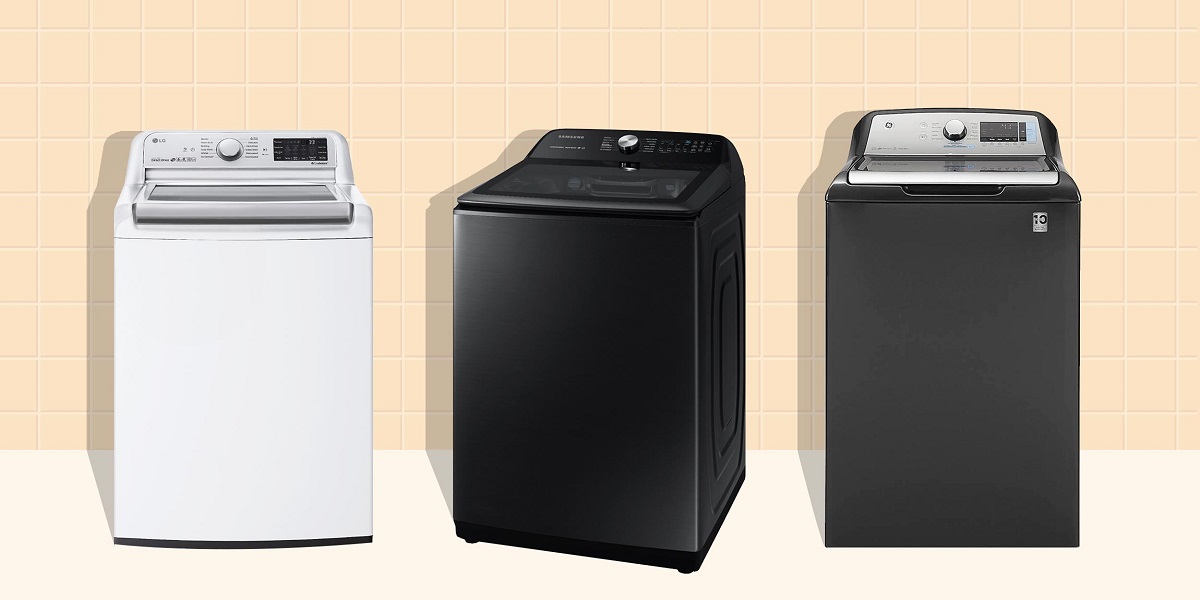
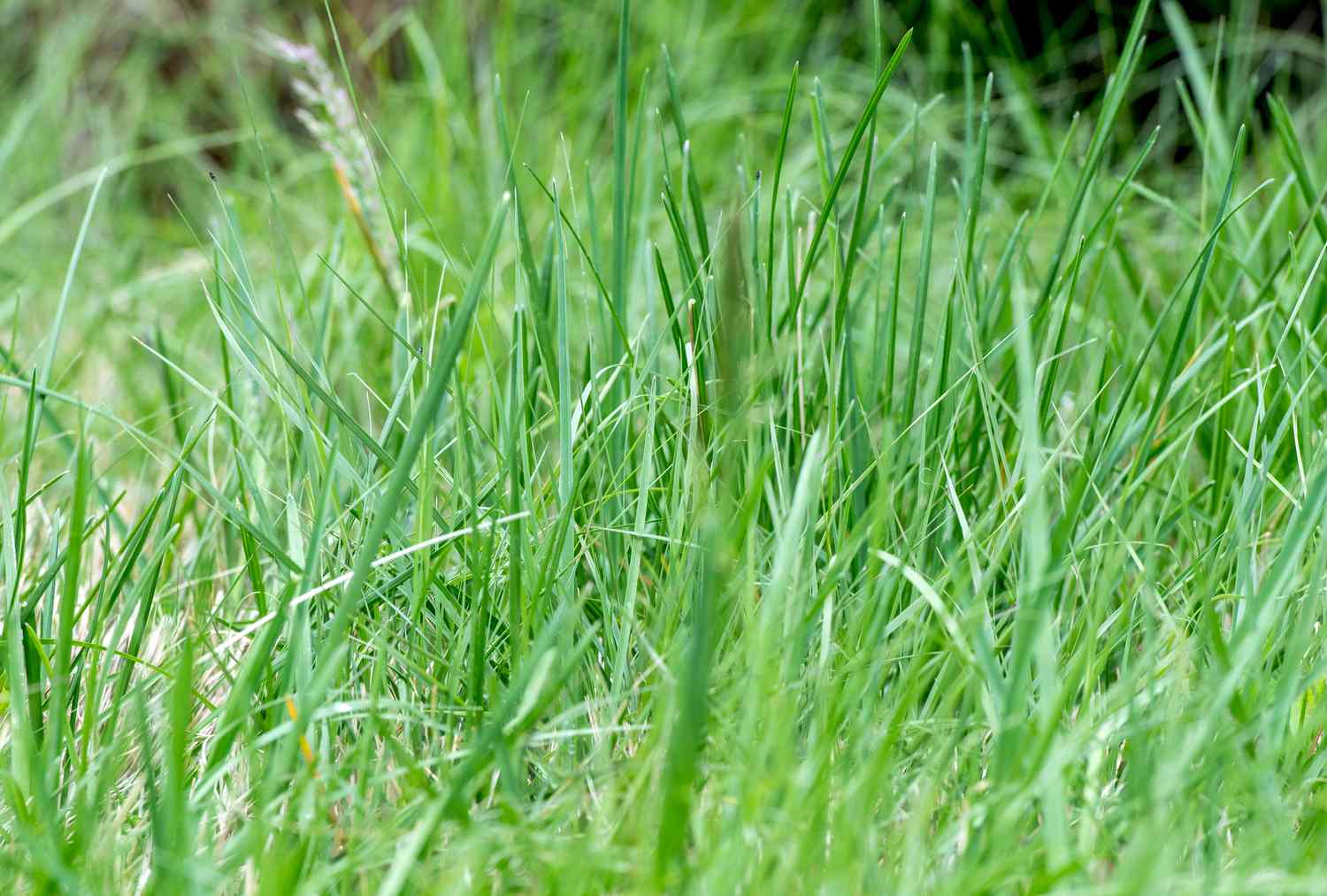
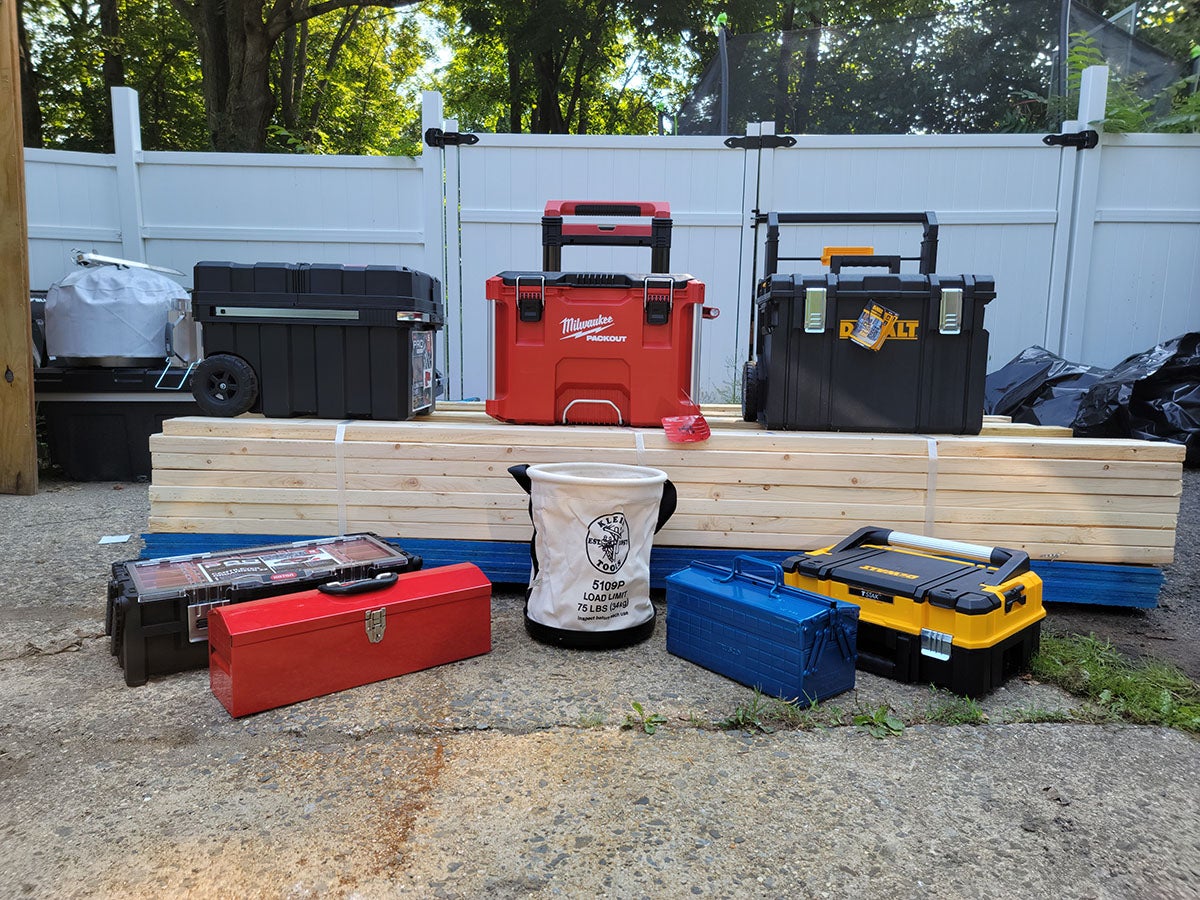
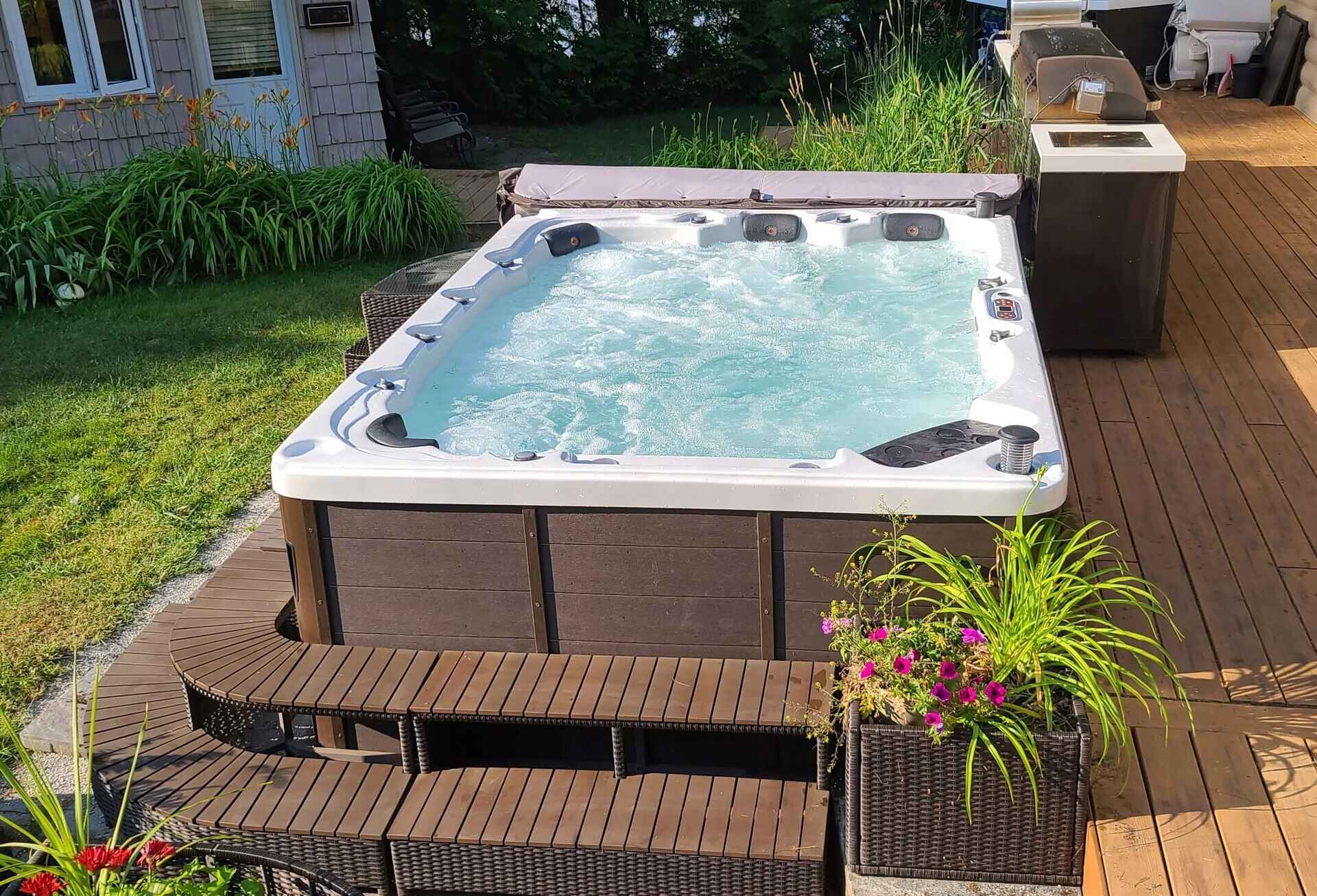
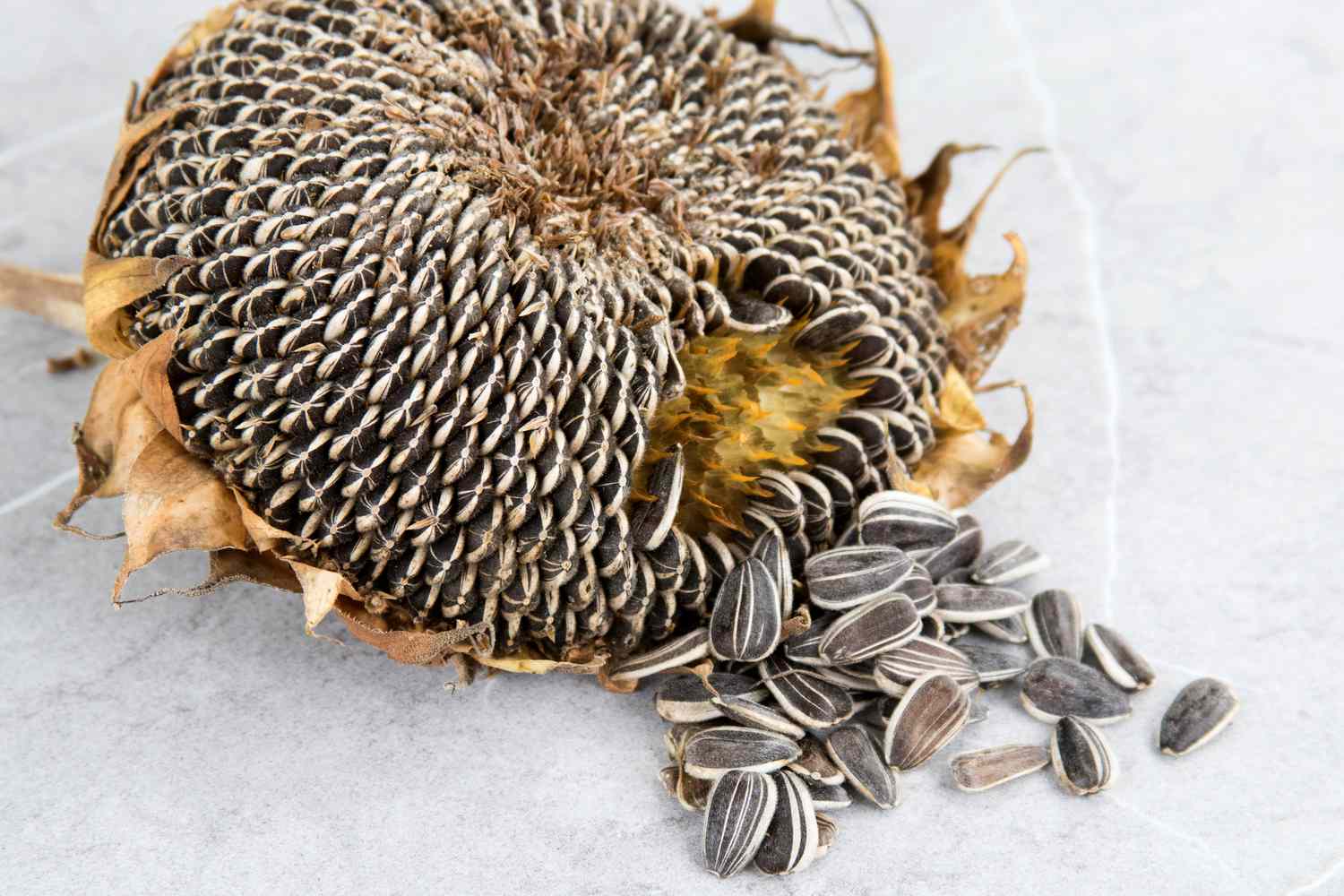
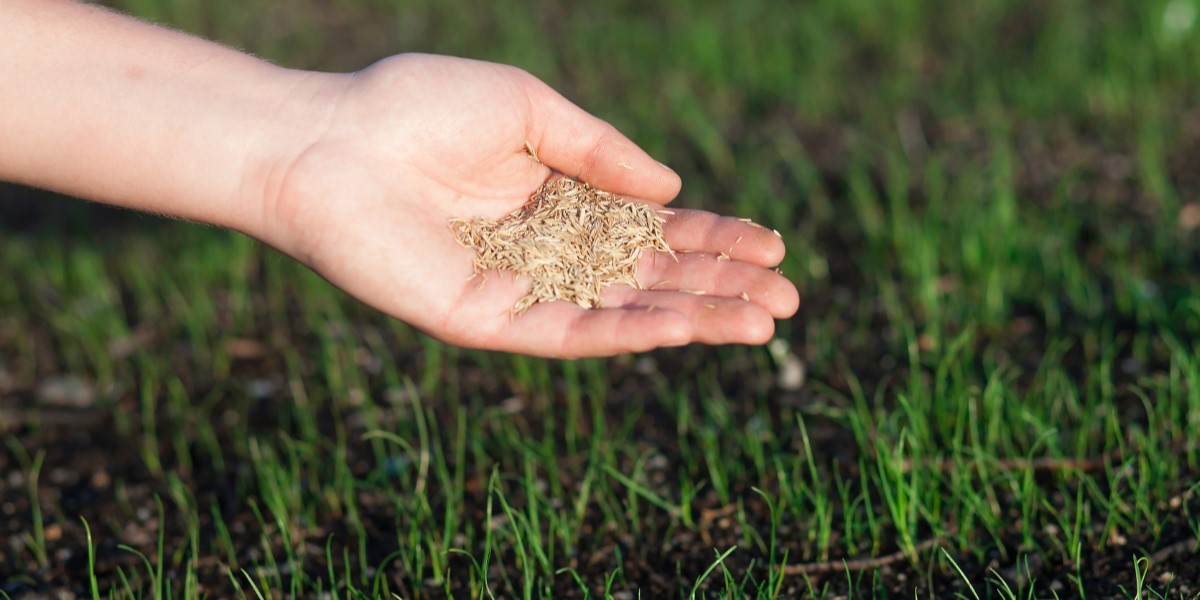

0 thoughts on “When Is The Best Time To Take Outdoor Photos”